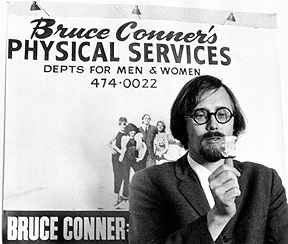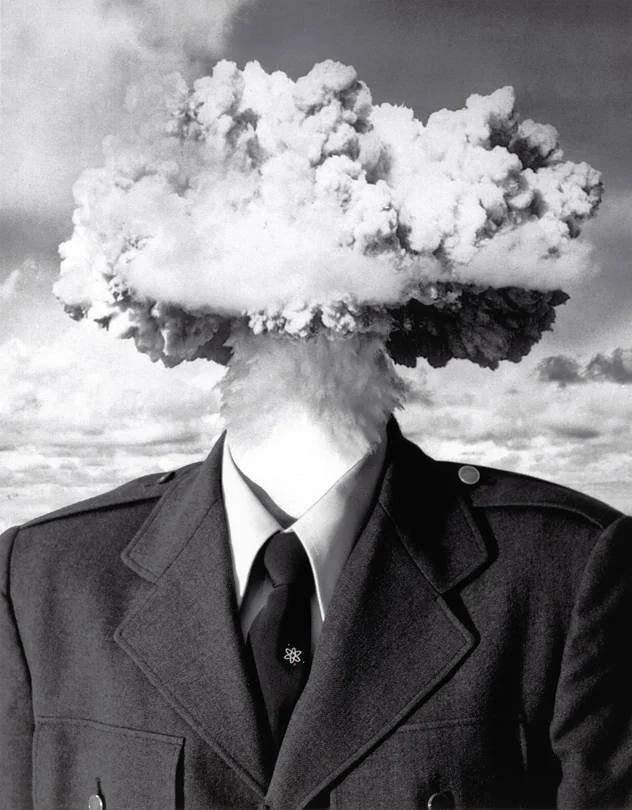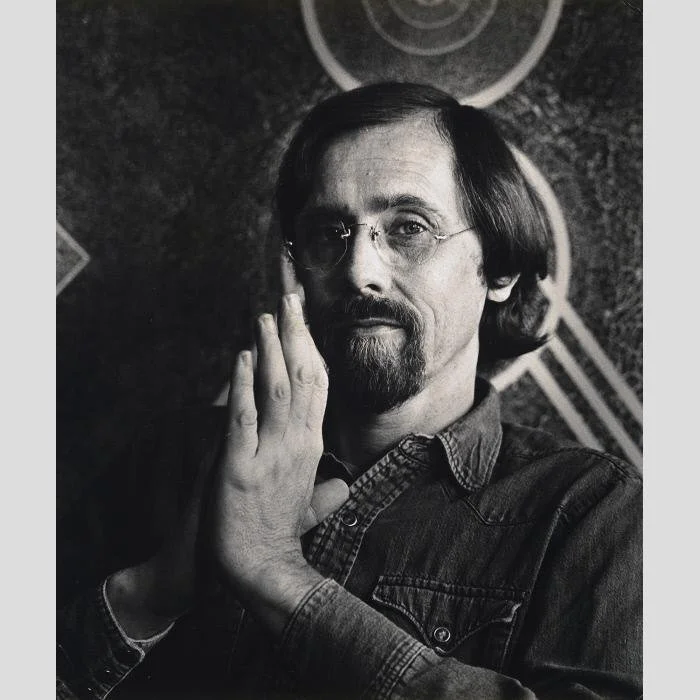
Bruce Conner
Bruce Conner was an American conceptual artist and member of the San Francisco Beat movement. His diverse range of films, collages, and sculptural assemblages are defined by the artist’s fascination with the grotesque and mortality. Conner’s inspiration often came from Surrealist artwork and Victorian-era aesthetics, resulting in a unique juxtaposition of form and content, fact and fiction. One of his most famous works, Child (1959), functions as an homage to the executed inmate Caryl Chessman, and takes the form of a haunting skeletal figure rotting in a chair. “My work is described as beautiful, horrible, hogwash, genius, maundering, precise, quaint, avant-garde, historical, hackneyed, masterful, trivial,” the artist once wrote, listing numerous contradictions before concluding “it’s all true.” Born on November 18, 1933 in McPherson, KS, Conner received his BFA from Nebraska University before studying at the Brooklyn Museum Art School and the University of Colorado. Like other artists of his generation such as Robert Rauschenberg and Eva Hesse, he would be influenced by in different contemporary and historical movements, including Abstract Expressionism and Dada. Today, his works can be found in the Art Institute of Chicago, the National Gallery of Art in Washington D.C., and the Los Angeles County Museum of Art, among others. Conner died on July 7, 2008 in San Francisco, CA. In 2016, The Museum of Modern Art in New York mounted a major retrospective titled “It’s All True.”
Credit Artnet.com




